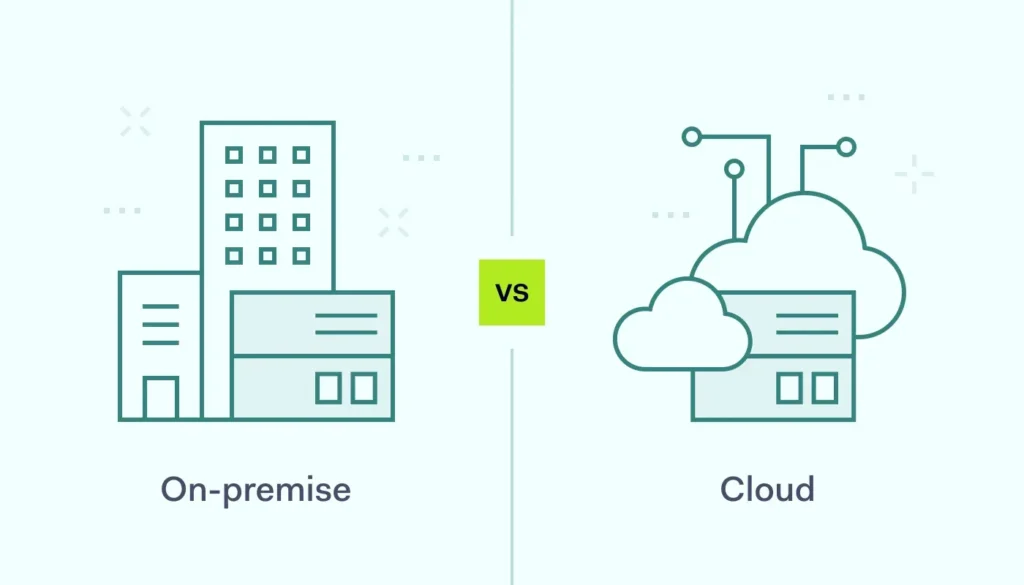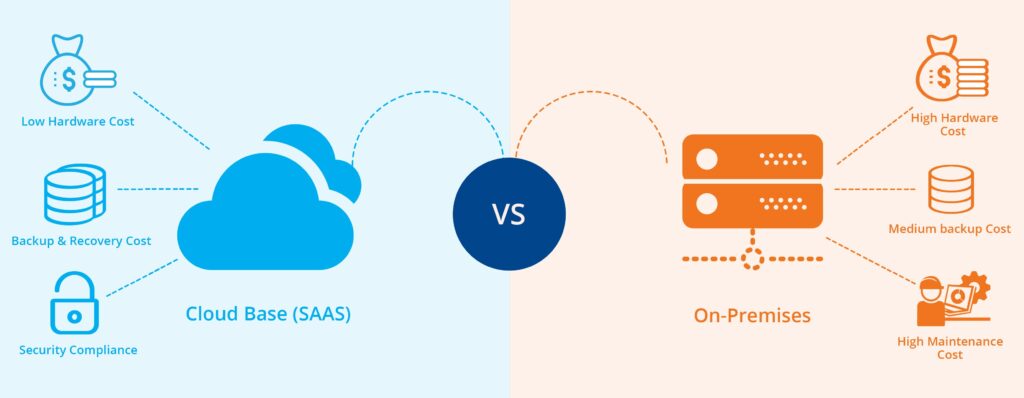Introduction: The Cloud-First Dilemma
In today’s IT landscape, “cloud-first” has become a dominant mantra. For many organizations, Desktop-as-a-Service (DaaS) offers an attractive OPEX model, simplified management, and rapid scalability. However, for a mid-sized financial services firm with stringent security requirements and significant existing infrastructure investment, the decision was not so clear-cut.
This case study explores the critical factors that led this firm to double down on an on-premises Virtual Desktop Infrastructure (VDI) solution with VMware Horizon, bucking the DaaS trend.

The Client: A Profile in Security and Performance
Our client is a 500-employee wealth management firm. Their key requirements were:
- Unyielding Security: Absolute control over the data path. Client data, even in transit, could not traverse public networks without multiple layers of company-controlled encryption.
- High-Performance Trading Applications: Traders require sub-second response times from specialized applications with high graphical demands. Latency is not an option.
- Regulatory Compliance: Must adhere to strict industry regulations (e.g., FINRA, SEC) which mandate specific data residency and auditability controls.
- Existing Investment: A recent multi-million dollar investment in a state-of-the-art data center with a robust VMware vSphere cluster.
The Analysis: DaaS vs. On-Prem Horizon
We evaluated two primary options: a leading DaaS provider and an upgraded on-prem VMware Horizon environment.
DaaS Evaluation:
- Pros: Reduced management overhead for the underlying infrastructure, predictable monthly costs, global availability.
- Cons: Perceived loss of control over the security stack, potential for network latency impacting trader applications, and complex compliance mapping. The “noisy neighbor” problem in a multi-tenant cloud environment was also a significant concern for performance-sensitive workloads.
On-Prem VMware Horizon Evaluation:
- Pros: Complete control over the entire infrastructure stack, from hypervisor to network. Data remains within the corporate firewall. Leverages existing vSphere investment and team expertise. Ability to integrate high-performance NVIDIA GPU cards directly for trader desktops.
- Cons: Higher upfront CAPEX for licensing and hardware refresh, ongoing management responsibility for the entire stack.
The Decision and Justification
The firm chose VMware Horizon on-premises. The decision was driven by three key factors:
- Security Control: The ability to keep all data and desktop traffic entirely within their own data centers was the single most important factor. With Horizon, they could dictate the exact security policies, network paths, and encryption methods.
- Guaranteed Performance: By dedicating specific vSphere hosts with NVIDIA A100 GPUs to their trader VDI pool, the firm could guarantee the high performance and low latency required for their most critical users. This level of dedicated performance was not easily achievable in a standard DaaS offering.
- Leveraging Existing Assets: The financial argument was compelling. The cost of new Horizon licensing was significantly less than abandoning their recent data center investment and committing to a multi-year, high-cost DaaS contract for 500 users.
Implementation Highlights
The implementation included several key architectural decisions:
- Dedicated GPU Pools: High-performance trading workstations were provisioned with dedicated NVIDIA A100 GPU resources
- Network Segmentation: Complete isolation of VDI traffic from general corporate network traffic
- Backup and DR: Comprehensive backup strategy with offsite replication to a secondary data center
- Monitoring and Analytics: Implementation of comprehensive monitoring to ensure SLA compliance
Results and Benefits
Six months post-implementation, the results speak for themselves:
- Performance: Trading applications consistently deliver sub-100ms response times
- Security: Zero security incidents related to the VDI infrastructure
- Compliance: Successful audit with no findings related to data residency or access controls
- Cost: 35% lower total cost of ownership compared to the evaluated DaaS solution over a 3-year period
Conclusion: The Right Tool for the Job
While DaaS is an excellent solution for many use cases, this case study proves that on-premises VDI is far from obsolete. For organizations where security, performance, and control are non-negotiable, VMware Horizon provides a powerful and financially sound platform.
The “best” solution is not always the one in the cloud; it’s the one that best aligns with core business requirements. In this case, the combination of regulatory requirements, performance demands, and existing infrastructure investment made on-premises VDI the clear winner.
“The decision to stay on-premises wasn’t about being anti-cloud. It was about choosing the right architecture for our specific business requirements and risk profile.” – IT Director, Wealth Management Firm



